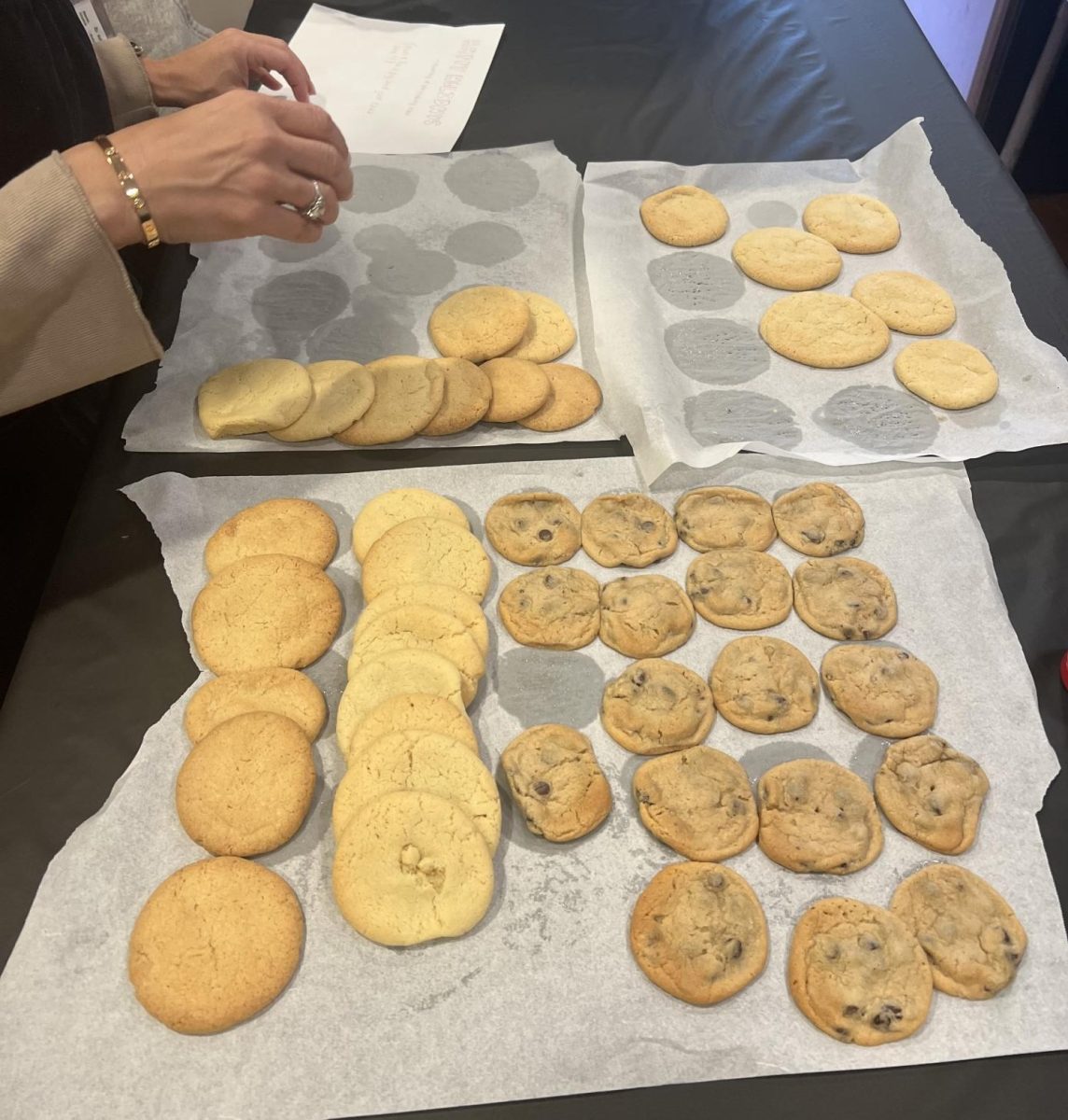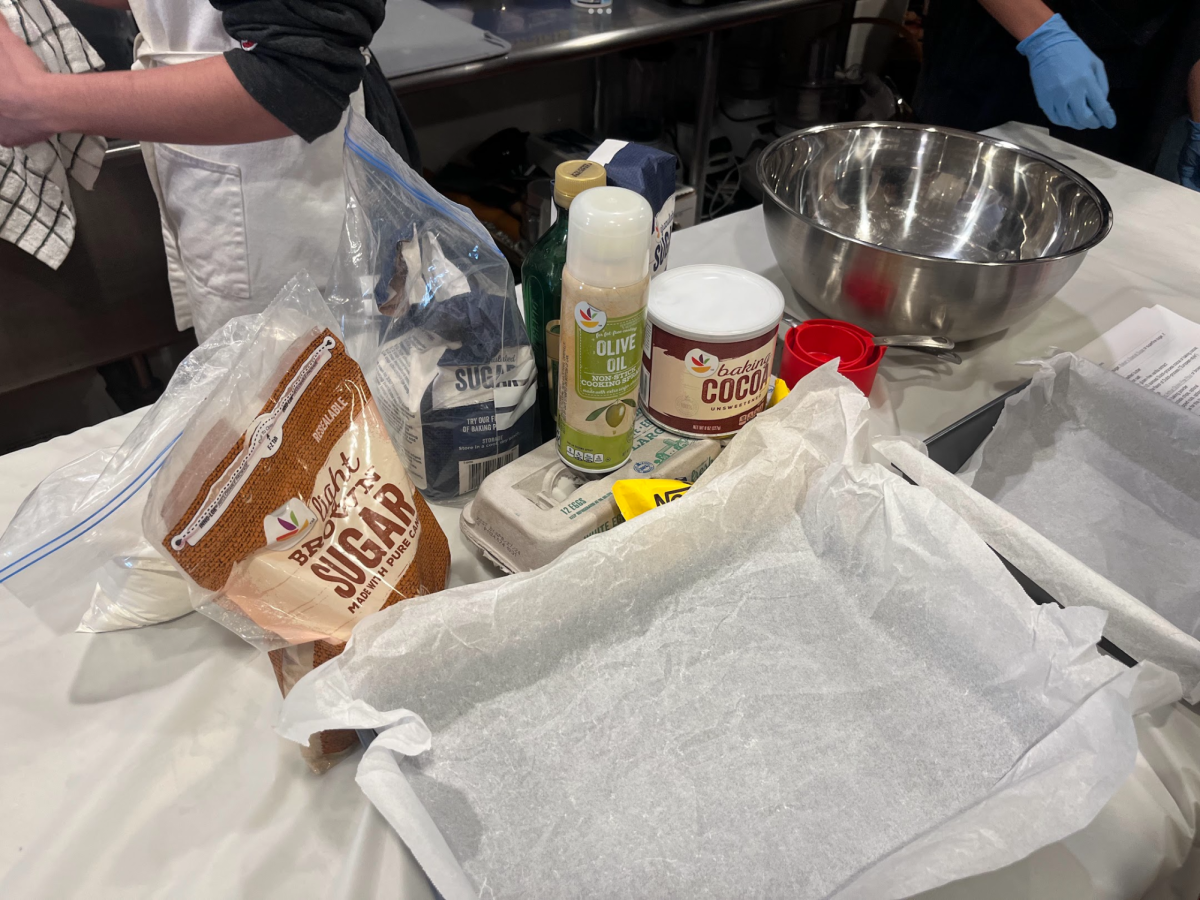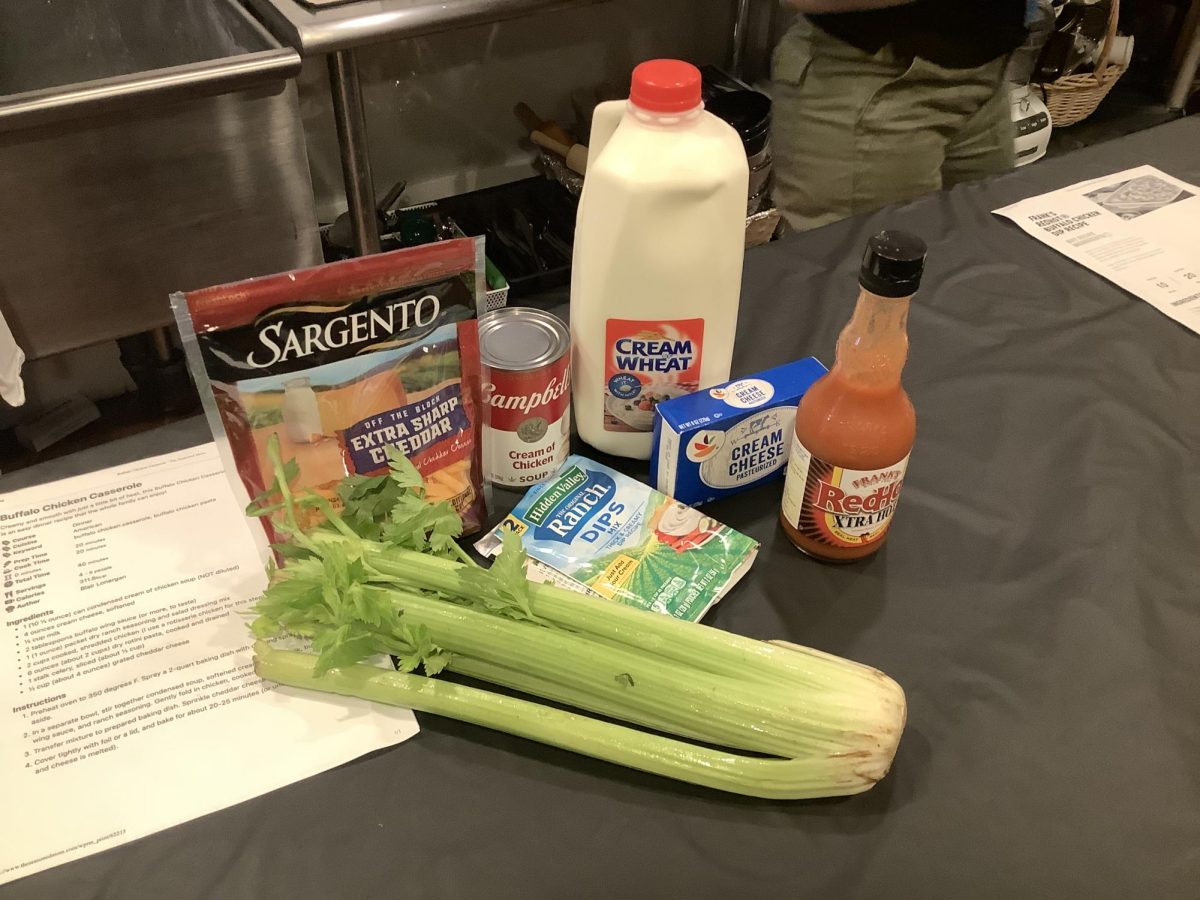By Danielle Gruber and Ryan Harvey
2019 has seen the highest rates of student loan debt in United States history. There are currently more than 44 million borrowers who collectively owe almost $1.5 trillion, making student loans the second largest shareholder of American consumer debt after mortgages.1 To put this in perspective, the cost of higher education has surged more than 538% since 1985.2 While many factors have contributed to the growing number of students and graduates with outstanding payments, the primary suspects are rising interest rates and soaring tuition costs.
Until 1986, student loan interest, like credit card interest and home mortgage interest, was deductible from taxable income. However, that year, President Ronald Reagan enacted sweeping changes to the Tax Code, which involved eliminating the student loan interest deduction.3 “I was in college before Reagan, when student loan interest was still tax-deductible, ” social studies teacher Sam Yellis said. “When Reagan came in, his changes to the Tax Code essentially allowed banks to make uber profits off of student loans.” While the rules regarding whether student loan interest can be subtracted from taxes and how much can be subtracted have fluctuated over the years, as with the Taxpayer Relief Act of 1997 and the Economic Growth and Tax Relief Reconciliation Act of 2001, the current law caps deduction at $2500.4
Tuition has also changed drastically over the years due to the increase in demand and the decline of federal aid for higher education institutions. According to policy analyst Thomas Mortenson, with adjustments for inflation, tuition, and fees at state universities and colleges have increased 230% since 1980, and community colleges’ tuitions have increased 164% over the last 30 years.5 With average tuition growth rates of 3.94% for private four-year institutions, 4.70% for public four-year institutions, and 4.38% for public two-year institutions over the past ten years6, a baby born today could expect to pay over 200% of current college fees.
As a student at SUNY Albany from 1976 to 1982, Yellis paid $1500 per year, and as a student at SUNY Binghamton from 1969 to 1974, social studies teacher Jeff Bernstein paid a total of $400 per year (which doubled to $800 midway through his college career). In comparison, English teacher Lauren Sullivan, who attended graduate school at Columbia from 2009-2010, paid $1199 per credit and left with $65,000 in debt from student loans (plus an extra $16,000 from her administration degree). While she did not have to take out loans for her undergraduate tuition due to her track scholarship, a mere year and a half of graduate school resulted in a debt that she is still trying to pay off. “I still have $10,000 left on my administration degree, which will take one year to pay back,” said Sullivan. “I am quite lucky to have paid my loans back this quickly. As soon as my husband and I received money from a small inheritance, we put it towards my debt. If not for that turn of fortune, I would have needed many more years to complete my payments.”
However, there is good news for students and parents who will need to take out federal student loans to help pay for the upcoming school year. For the first time in three years, student loan interest rates will decrease for new borrowers. According to Brad Baldridge, owner of Baldridge College Solutions, new borrowers who take out loans from July 1, 2019, to June 30, 2020, can expect interests rates of 4.53% for Direct Loans (both subsidized and unsubsidized) and 7.08% for parent PLUS Loans.8 These new rates represent a sizable drop compared to the previous rates for 2018-19, which were 5.05% and 7.6% respectively.
To our soon-to-be college freshmen at Village, we offer some advice:
- Get organized. Figure out which type of student loans you have and who is servicing them. Keep track of your balances, interest rates, and monthly payments.
- Understand all available payment options. Do some research to figure out which plan is best for you.
- Make payments as soon as possible Just because you don’t have a bill for your student loans doesn’t mean you can’t make payments towards it.
- Hunt for jobs with loan forgiveness and payment plans. Even if the job offers lower wages, the plan could prove beneficial in the long run.
- Pay the accrued interest. Even if you are unable to start making monthly payments on your student loans while in school, tackling the accrued interest will prevent it from capitalizing.
- Make debt payoff the focus, not your loan balance. You might be overwhelmed at the amount of money you have to pay back, but focus on tackling small chunks at a time.
We wish you luck in your college careers and all your future endeavors!
Citations
- https://www.forbes.com/sites/zackfriedman/2019/02/25/student-loan-debt-statistics-2019/#6be5373e133f
- https://www.bestvalueschools.com/understanding-the-rising-costs-of-higher-education/
- https://www.forbes.com/sites/kellyphillipserb/2011/06/13/deduct-this-the-history-of-the-student-loan-interest/#377ccfc53307
- https://www.irs.gov/taxtopics/tc456
- https://www.acenet.edu/the-presidency/columns-and-features/Pages/state-funding-a-race-to-the-bottom.aspx
- https://trends.collegeboard.org/sites/default/files/2018-trends-in-college-pricing.pdf
- https://www.tamingthehighcostofcollege.com/2019-2020-student-loan-interest-rates-preview/






